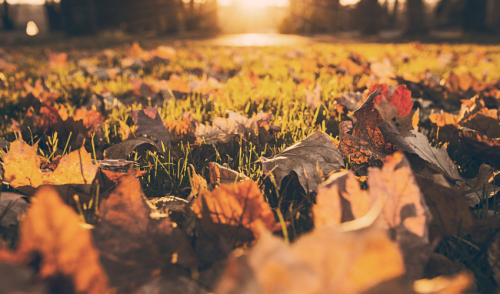{article.name}
Power Raking

- Share this:
- Share on Facebook
- Pin on Pinterest
- Tweet on Twitter
Power raking, also known as dethatching, is a great way to improve the healthiness and look of your lawn. Similar to aerating your lawn, power raking your lawn can improve water and nutrient flow to the roots and stimulate new growth in your lawn. Power raking accomplishes this goal by raking up and removing the excess dead plant material that has accumulated over time. The better you rake or thatch your lawn, the more improvement you will see in its growth, quality, and color.
Essentially, power raking detangles dead grass from the living grass surrounding it, however, it is also a process that can bruise and even kill your living plants. Too much power raking can choke the grass plants in your lawn, keep weed and insects safe from the chemicals that fight them, and increase run off from watering and rain. There are three times when you should power rake your lawn. First, you should rake when the growing is good. This should be done in either the spring or fall when the grass is growing, but is also not heavily affected by the heat of the sun. Power raking while the growing is good allows plants the chance to recover before the winter or mid summer arrives and the grass becomes dormant. If you choose to power rake in the spring, check to confirm that the ground is at least 55 degrees. If it is not, then the temperature will keep the new grass from growing.
Second, you should power rake when the soil is dry. Be careful, you do not want to power rake when the grass is too dry and the blades of grass are brittle. This will just destroy your grass and affect the healthiness of your lawn. Furthermore, do not power rake when the soil is wet. Power raking while the soil is wet will pull out or tear the grass plants during the raking because live grass plants do not hold well in wet soil.
Finally, power rake your lawn before seeding or top dressing. If you’re one of those people that adds fresh grass seeds to their lawns every year then you should power rake before you begin seeding. This will keep the seeds from sprouting through a layer of thatch making the new grass weak. If you intend to topdress your lawn, you should rake before so that the nutrients from the soil may go straight to the plants roots instead of decomposing a thin layer of thatch.
Power raking can also improve the effectiveness of aeration. This should be done several days before aeration so that the grass may have time to recover. Keep in mind that not all thatch is bad. A healthy layer of thatch in the right place can protect soil from erosion, heat stress, and compose other dead plants. Once the layer of thatch exceeds a half-inch, then it is time power rake your lawn. Stop by your local rental center to pick up a power rake and get the job done in no time.

Comments